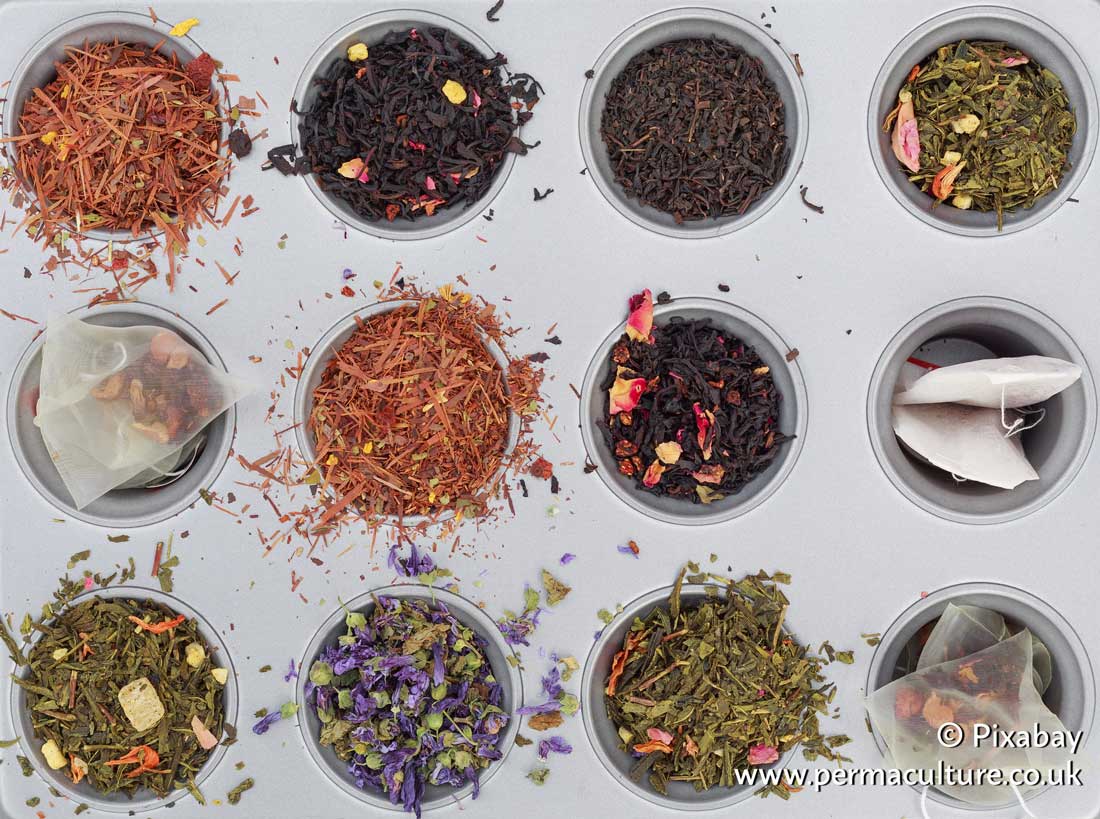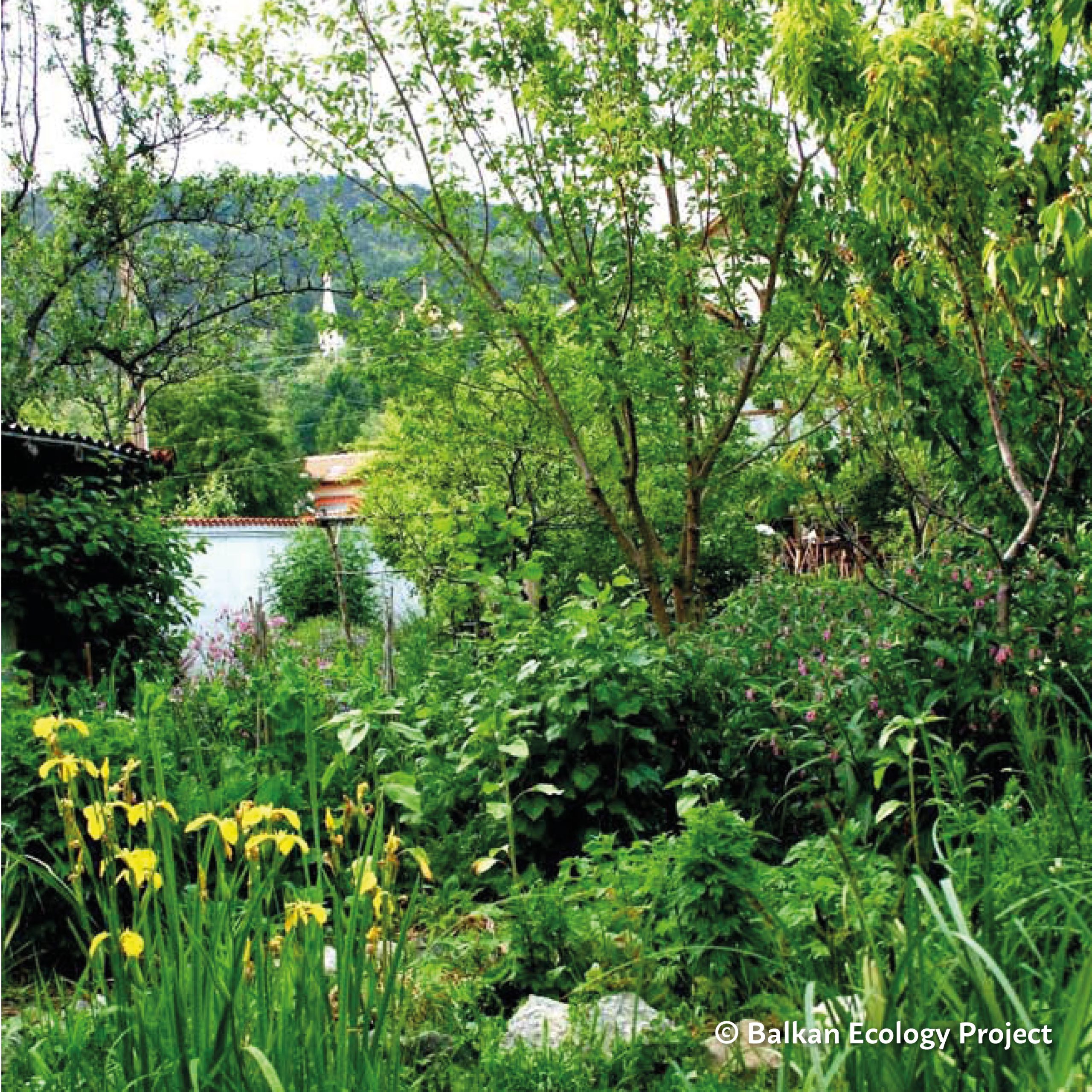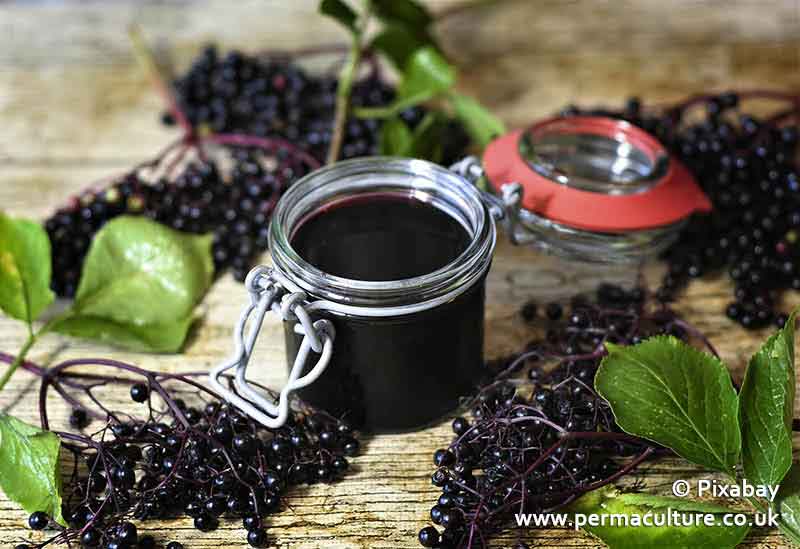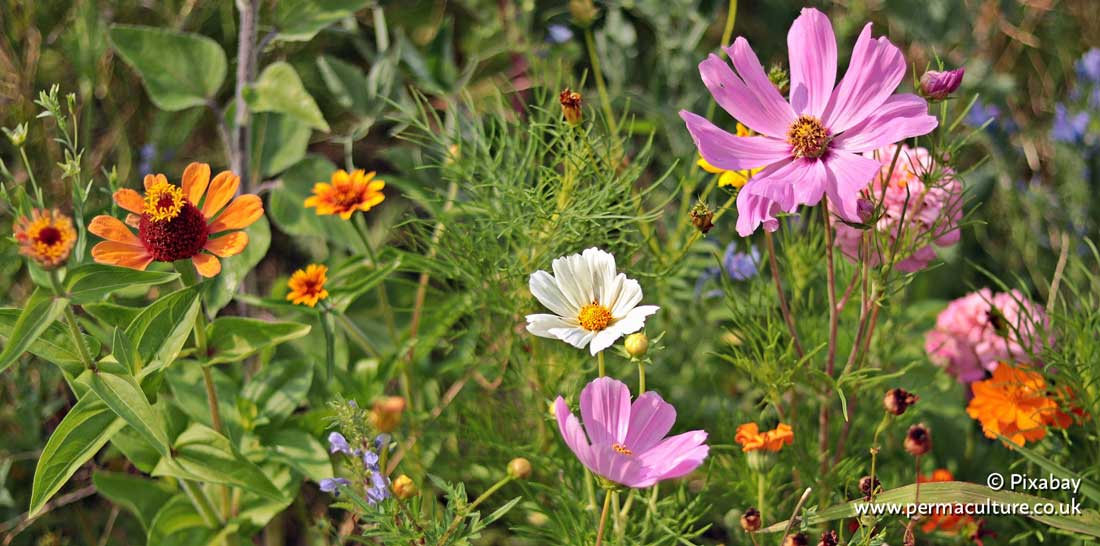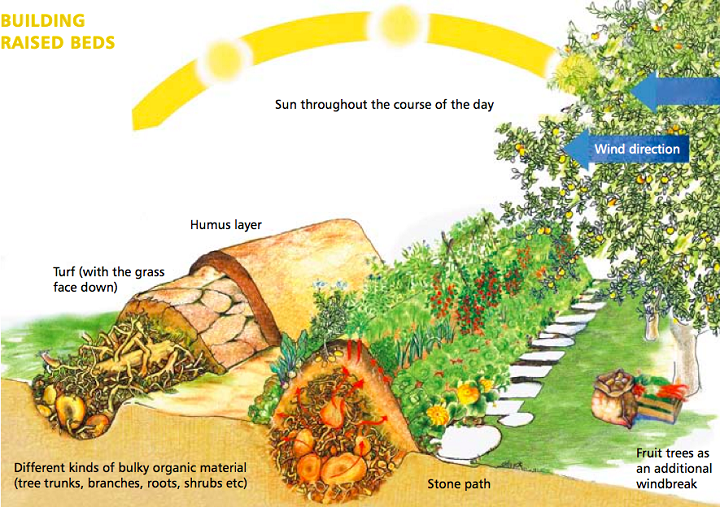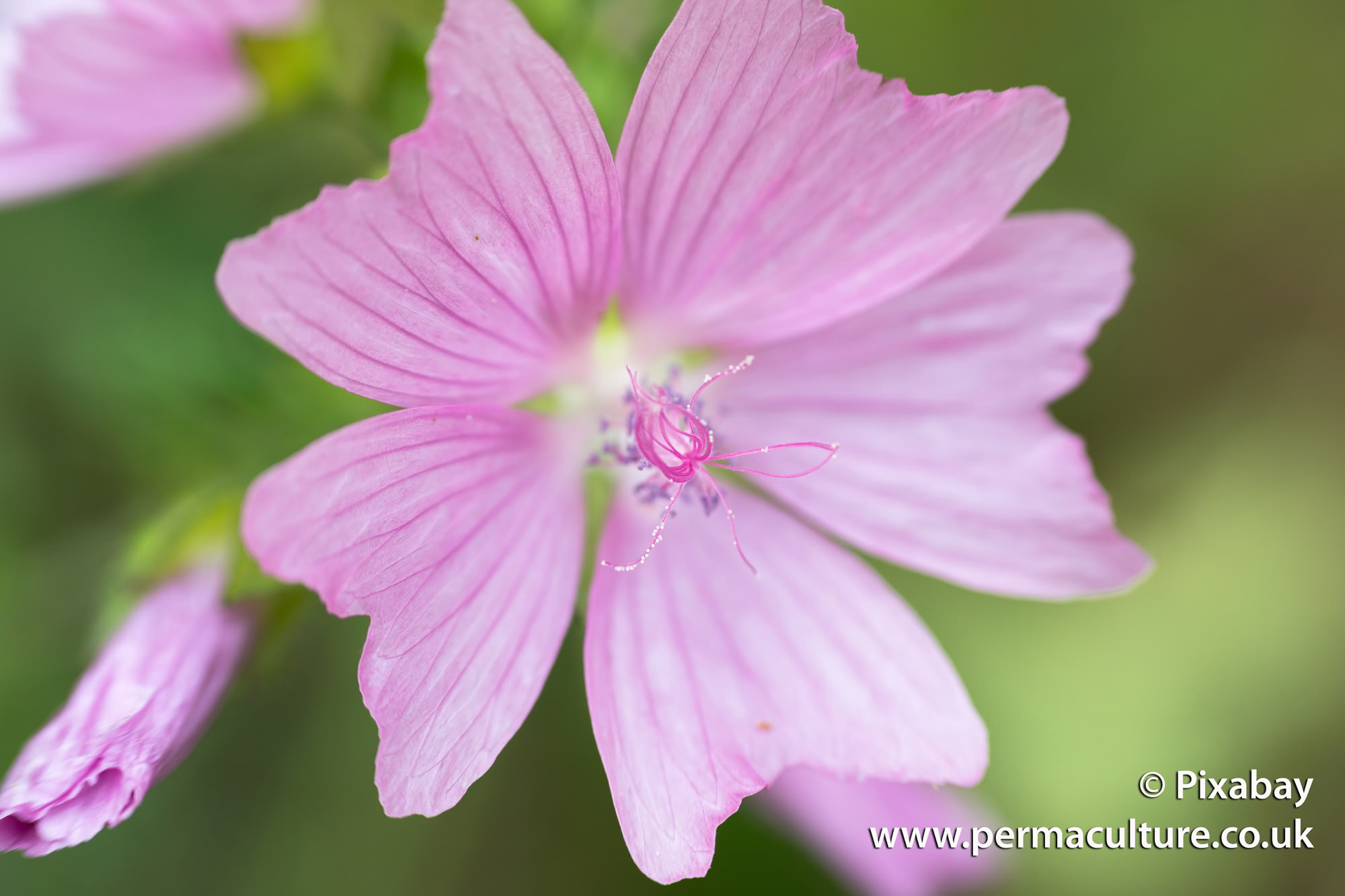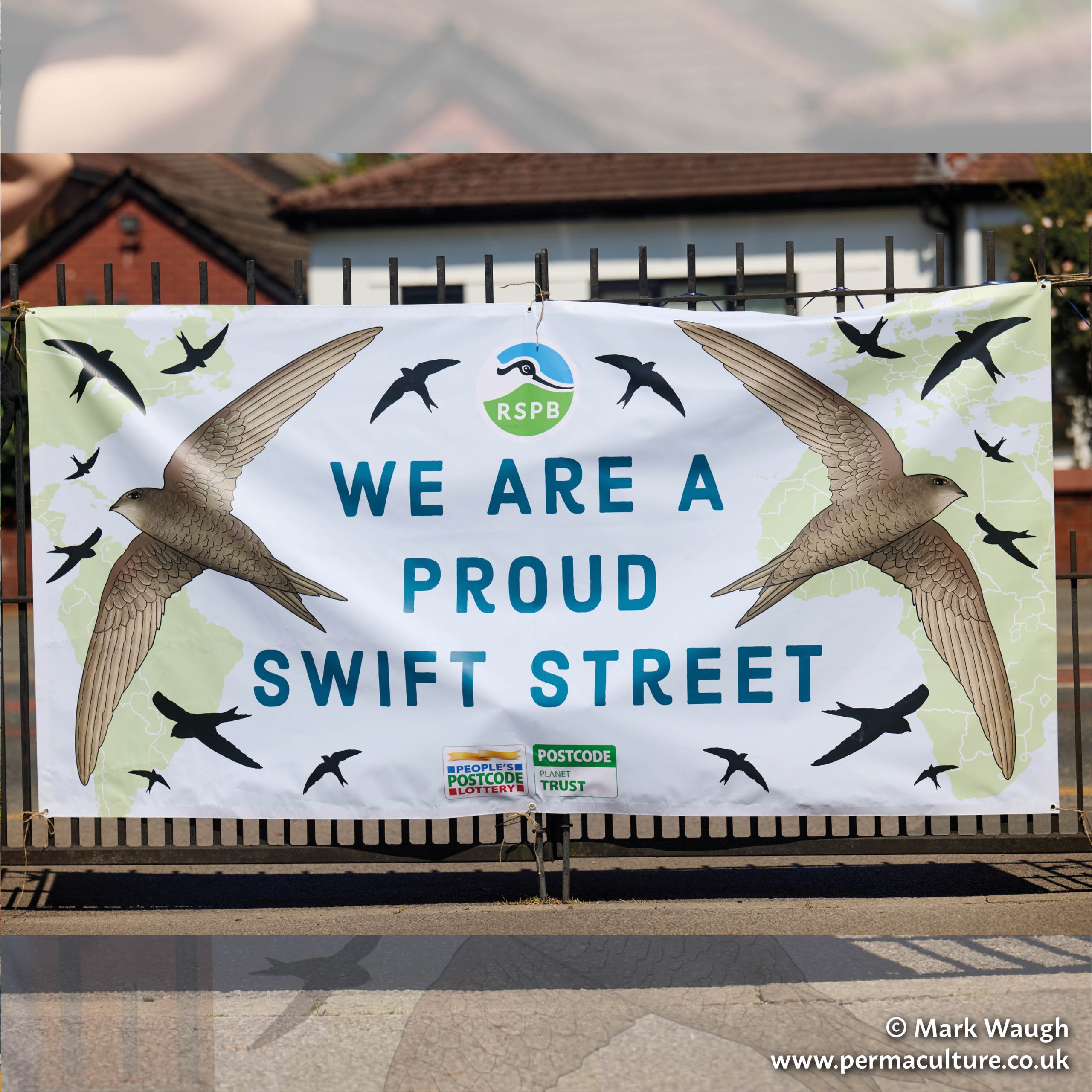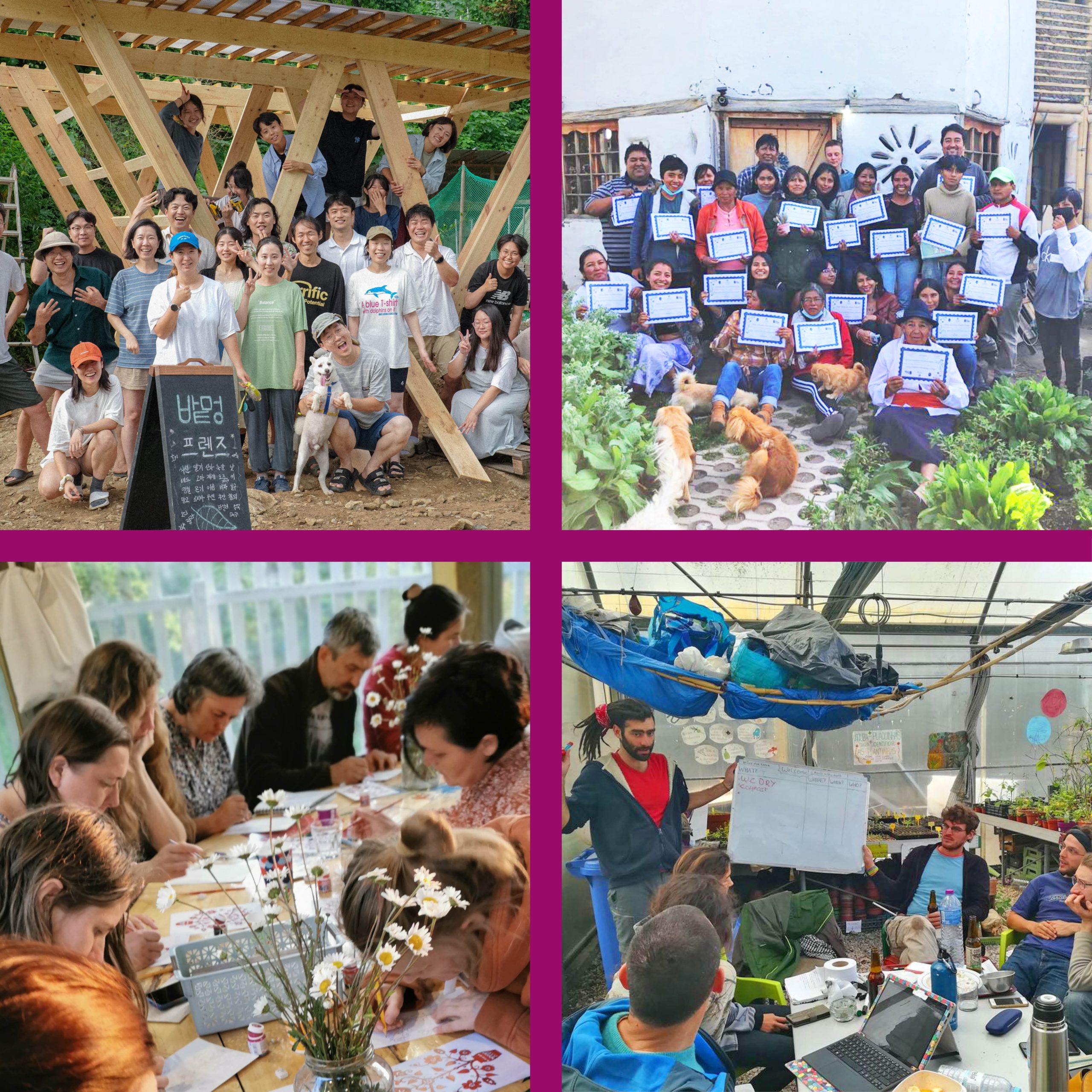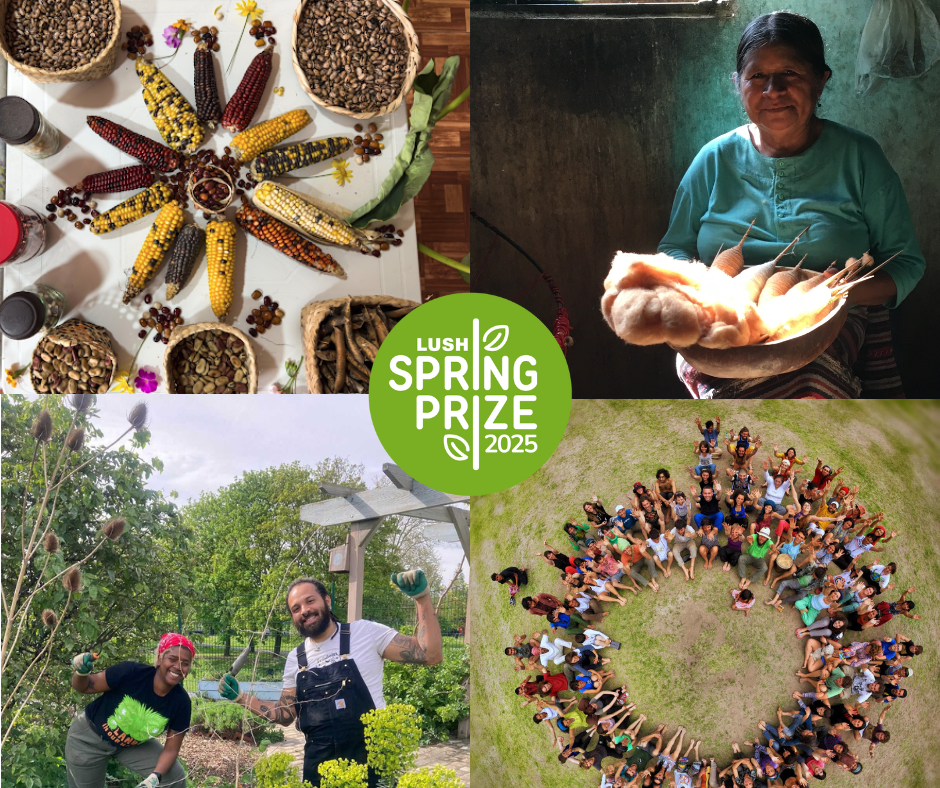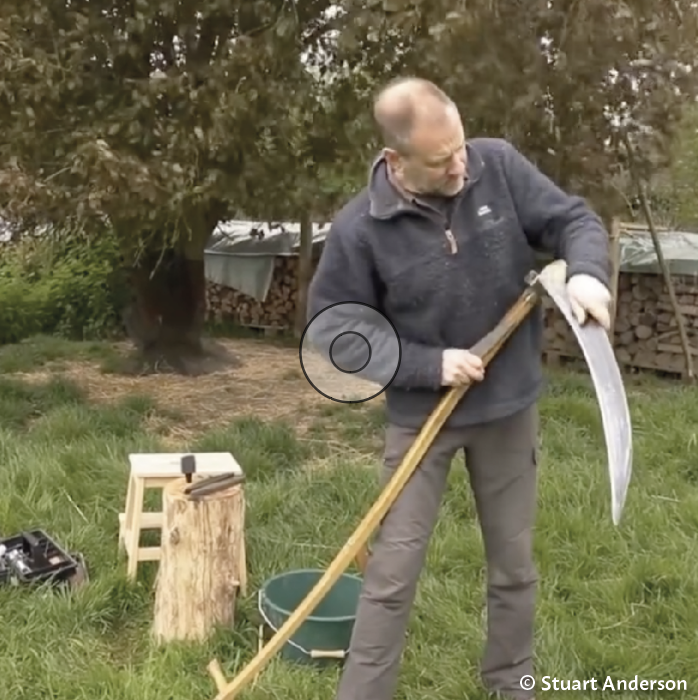Many people are unhappy in their jobs and yet most don’t do anything about it. Discovering permaculture can be the catalyst for us to start considering how we might make that transition to the more positive-impact lifestyle we aspire to.
At first it may seem that the only available permaculture livelihoods are as a teacher or food grower, but these are just the visible ‘front end’ of a wide network of inter-dependencies. While teaching and writing are my passion, I currently still manage my own websites, do my own accounts and convene some of my own courses. I gained those skills out of necessity, but would love to be able to call on them from within the permaculture community to free up my time for the things I’m more interested in.
So this article shares some ideas and reflections in the hope it will help bring more of you into the permaculture economy.
As a busy permaculture teacher I’m privileged to spend time with a lot of great people, from all walks of life and with a diverse range of skills. It wasn’t always this way. My journey has taken me through a number of vocations, but going self-employed 15 years ago was one of the best decisions I’ve made, allowing me to fully follow my passions.
Returning to Britain from a year living on the land free of money in Eire, I took a job three days a week as a self-employed gardener. As well as being just the right amount of income to meet my needs, it was a dream job. The owners were hardly ever at home and I could eat any of the abundant fruit in the times between. One day several years later though, when I was weeding the extensive gravel drive by hand (no sprays for me) I had an epiphany. I was maintaining a desert! The complete opposite of the permaculture I was sharing with people on the courses I had begun to teach. I decided to give up that gardening job and develop more of a poly-income. I found a different gardening job two days a week and took on some I.T. work, mainly building websites for friends. I apprenticed on a few Permaculture Design Courses (PDCs) and found the confidence to go solo. Though the financial rewards from teaching were initially low, I always gained valuable experience. The things I learnt in particular at that time were:
Money is just one of many possible yields – I once earned just £70 for teaching a two week residential design course. It took place however, on the beautiful Brownsea Island Nature Reserve in Dorset where I returned twice more to teach as part of a great team. Those courses resulted from an introductory day I taught at my home, earning me £20 at the time, but the two people who attended that day each went away and organised three PDCs for me to teach where they lived.
I can never know what course participants will go on to do, so I always do whatever I can to run a course. I was just one of four students on the PDC I took in 1996. My teacher Stephen Nutt could easily have cancelled, but he didn’t and I’ll always be grateful for that.
In promoting a course or event, even if you later have to cancel, you’ll still raise the profile of permaculture in your area.
Over a decade later my poly-income now comes mostly from permaculture teaching, with some royalties and sales of my book and a little consulting. I also have a small online retail-based business to supplement this. I stopped gardening for others a number of years ago, preferring to spend time in my own garden. I always have I.T. up my sleeve in case I should ever need it again.
You may at first consider your acquired skill-set to be redundant in your new future, but we can apply permaculture to most things. An accountant for instance is good with numbers and those skills are needed in many areas of life. Give it a little thought and you may realise that your skillset could be a great asset in the permaculture community. What better way to get some clarity on this than to apply a design process?
Here are some key questions I would ask in applying permaculture thinking to this topic:
Stocks and flows
What are your ongoing needs – financial and otherwise? Do some vary seasonally? Might you be able to meet more of those needs directly or through other forms of exchange?
What do you have in reserve to support you through a change of livelihood? Finances or otherwise. There are many other forms of capital to consider.
Start by listing your current financial income and outgoings. Look for easy ways to reduce your need for money before seeking ways to increase it.
Personal resources
What skills do you already have? How might these be useful to other permaculture businesses? Start here when looking for opportunities.
What do you love to do – where is your passion? What are you inspired to learn? These things could become part or all of your future income.
Where are you based? Where do you spend time? Are you a home-lover or do you like to travel? Do you have computer skills? Do you love to write?
Do you have more energy in the summer and less in the winter?
Material resources
Do you own or have use of any land or buildings?
What tools, software etc. do you have use of?
Social environment
Who do you have within your network? What can they offer and what might they need?
What does the permaculture community as a whole currently look like? What are the primary communication routes? This might involve some research. Where are the gaps? Could you fill any of these empty niches?
What limits you?
What’s holding you back from doing what you’d most love to do?
Are you unnecessarily wasting any energy, time or money? Where could you make interventions to plug these leaks? It’s always better to save what you have than to find more.
Analysis
While the permaculture ethics of earth care, people care and fair shares can underpin our new livelihood, the principles can help us in framing our decisions. Here’s how you can apply some of them to this challenge. Can you think of any others?
Multiple elements for each important function – aim to create a poly-income (from more than one source) and ensure a good seasonal spread (work with nature). Choose income streams that would be affected differ-ently by any specific changes in the economy/environment. I personally travel and teach a lot throughout the warmer months and retreat to home to be creative, writing in particular, during the winter.
Multiple functions for each element – can you re-purpose what you do rather than re-create some things from scratch? Multi-functioning your journeys is a fairly easy win.
Appropriate scale – choose a livelihood that gives you the freedom to work as much as you need, but no more than you want. One that will allow you to scale up or down should the need arise.
Everything gardens – who loves to do the jobs you don’t want to?
Design for cooperation – find others to collaborate with and create a support structure around you – to share what you learn. There may be niches out there just waiting to be filled, for instance Joel Salatin invites his interns to look for opportunities to create a new business for themselves at Polyface Farms.
Produce no waste – can you make use of waste from somewhere else and find a further use for yourself? I came across a business in Brussels growing mushrooms on waste coffee grounds which then donated their own waste as compost to a local community garden.
Edge effect – where do the resources you need meet? Where are your clients? How can you increase your edge (get noticed etc.)?
Start small and work out from well-managed areas – don’t be in a hurry to make changes. Be like nature and play the long game, evolving your poly-income as you gain new skills.
Succession – look ahead and consider how your environment might change and how you can adapt to stay ahead of the game.
Decisions and implementation planning
Spending enough time in the planning stage is important, but at some point we need to take our first steps with our new venture. Create a clear implementation plan – Gantt charts (a chart in which a series of horizontal lines shows the amount of work done or production completed in certain periods of time in relation to the amount planned for those periods) are an excellent way of keeping track of projects. Continue to monitor how well things are going, keeping a track of finances and seasonal changes in demand. Tweak as necessary. Ensure you have a good support structure around you. I personally meet up every few months with a couple of self-employed friends in different lines of work and we share what’s been going well for us and our goals for the future.
And remember, that even the longest journey begins with a single step. What’s stopping you from answering those questions above right now?
Aranya’s website: www.learnpermaculture.com
Aranya has been experimenting with permaculture since his design course epiphany in 1996. In the years that followed he designed a collection of gardens, along with a few other non-land based designs, writing them all up to gain his Diploma in Applied Permaculture Design 2003.
